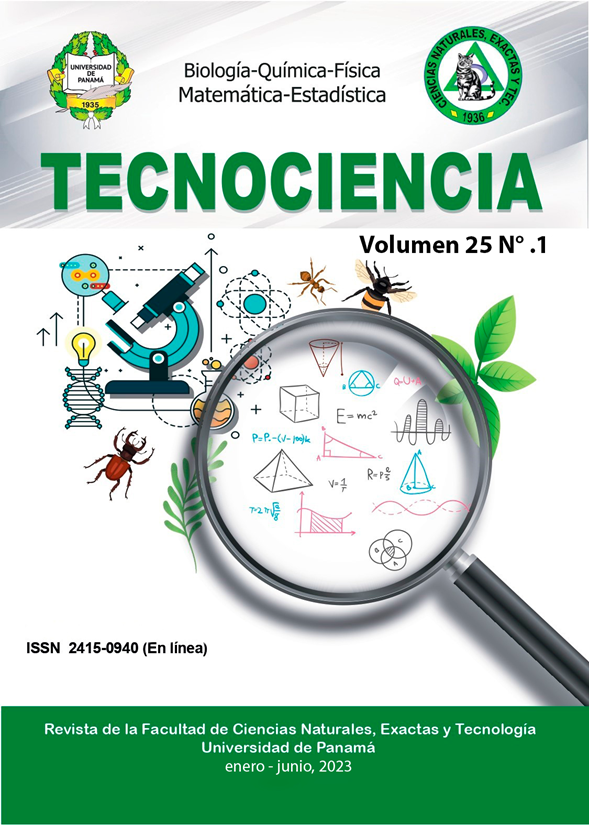


This work is licensed under a Creative Commons Attribution-NonCommercial-ShareAlike 4.0 International License.
Calliphoridae flies were studied in two areas: an intervened area and forested area, with the purpose of knowing the main species of the area, which could serve as forensic indicators. Two pig tissues (liver and heart) were used to capture flies. They were exposed at intervals of 12, 24, 48, 72 and 96 hours of decomposition. 1286 specimens were captured, which represented 54.3% of captures, which were distributed in six genera and nine species, the most abundant were Chrysomya megacephala (Fabricius, 1794), with 680 specimens, Chloroprocta idioidea (Robineau-Desvoidy, 1830), with 311 specimens; Hemilucilia segmentaria (Fabricius, 1805), with 116 specimens; Cochliomyia macellaria (Fabricius, 1775), with 57 specimenes; Chrysomya rufifacies (Macquart, 1843), with 43 specimens; Mesembrinella bicolor (Fabricius, 1893), with 40 specimens; Paralucilia pseudolyrcea (Mello, 1969), with 40 specimens and Paralucilia paraensis (Mello, 1969), with 17.